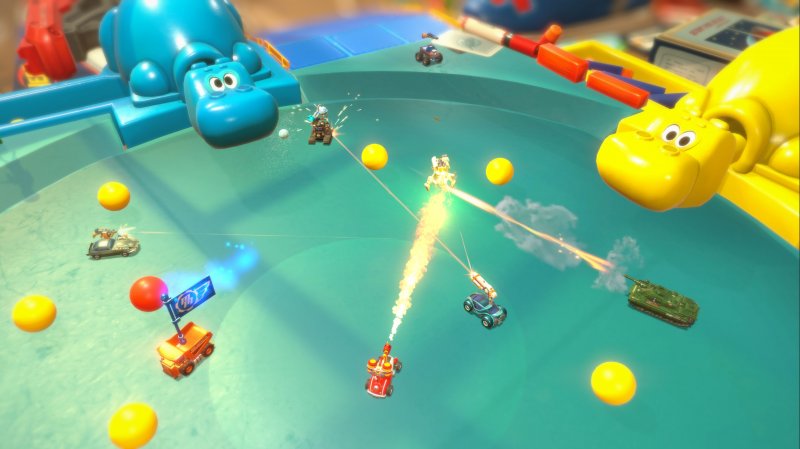Nostalgia is a loving and silent companion, which brings to mind wonderful moments dating back to the happiest years of our life, during which there were few worries and the joy of discovery a lot. At the same time, however, beneath its benevolent
mask, nostalgia also hides the heavy veil of ignorance: the more we abandon ourselves to its embrace and the more difficult it becomes to evaluate in a critical and crystalline way what is before us; she is an oppressive and violent partner, who punches reason in favor of the “good old days” and of the ephemeral heat offered by memories. And you know, there is nothing
better than a blinders voluntarily put to hide the defects, so there are countless companies that have recently decided to make use of this force, easily replaceable to the scarcity of ideas and lack of courage. Look around, it seems to be back in the 90s: people are tearing their hair for the Super Nintendo Mini , Crash returns to Playstation , and in Hollywood they decide to do the remake of Jumanji and bring Baywatch to the cinema. These are not totally negative operations
(in many cases they represent a great opportunity to make new generations understand the wonders of the past), but given the underlying malice it is inevitable that every now and then decide to exhume a corpse in a bad state. Here comes Codemasters, a development team that needs no introduction and that in those years has wallowed, now committed to revitalize a brand that has accompanied the childhood of countless players, Micro Machines. If you had not understood it from the incipit, unfortunately we are dealing with a dead body kept pretty badly.
QUICK MEMORIES
We do not want to make the beautiful, be clear. When Micro Machines World Series was announced, a blow came to us too. The series was a bulwark of sofa gaming, a harbinger of challenges to the death absolutely exciting, and much more brutal and demanding to master than you can believe. The problem is that when the code of the game arrived and we started everything …
something inside of us was immediately cracked.World Series is in fact a very different title from the original Micro Machines, capable of differing deeply even from three-dimensional chapters like Micro Machines V3 and V4: the basis of the game is actually significantly closer to another title Codemasters, Toybox Turbos, a sort of “Micro Machines without a license” that took the fundamentals of the series and distorted them to a large extent.
We explain better: Up to V3 the series was based mainly on “types” of Micro Machines to drive, diversified with each other and sometimes even with dedicated tracks (such as motorboats, which competed in tanks and small ponds); After the V3 Codemasters decided to change direction, focusing first on the possibility of mixing vehicles in competitions, and later with
Toybox exclusively for mixed races with vehicles with their own characteristics. World Series does exactly that, but where Micromachines V3 offered an exhilarating challenge even in single players – complete with advanced tournaments and a large number of tracks – decided to focus exclusively on the multiplayer experience.No single tournaments, only a “Skirmish”
mode where you can compete with artificial intelligence in races that do not offer any reward to those who face them and should therefore be used to memorize the circuits (or to challenge their friends locally, clearly ). However, it is not so difficult to remember every curve in this case, because there are only ten tracks.
WHERE’S THE REST?
These ten circuits are more than treated, for heaven’s sake: as usual we find ourselves in front of perfect tracks for toy cars, from desks covered with stationery products to tables full of food with a dog in the background that fixes your challenge panting.
There is still all the charm of the predecessors in the locations where Micro Machines are fighting, everything else is missing.The cars are twelve, not many more than the tracks, and not diversified then so much in terms of controls, because an excessive rearrangement of the response between one vehicle and another would have excessively
biased the races (speed and acceleration of the means are practically identical, to change is the curve response); the general speed is diminished, to make the game less frustrating (it is not very easy to control the vehicles on certain circuits, but try to pick up the V3 or the second chapter and you will notice an abysmal difference); much emphasis, finally, was placed on battles, which are so funny but upset the formula.


